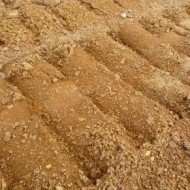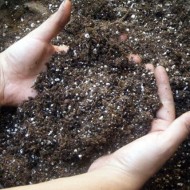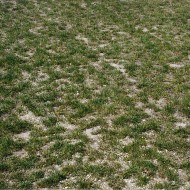How you can increase soil fertility: effective fertilization methods
Content
What is soil fertility
Fertility is the property of the earth to fully provide the planted plants with the necessary nutrients and trace elements. This soil contains a balanced composition of all key components. Another important factor is the correct interaction of these substances with each other. If one or more components are missing in the soil, it is considered to be infertile.
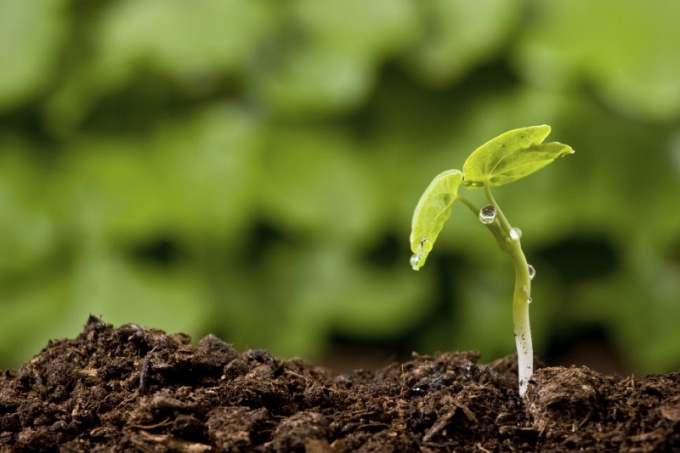
Fertile land contains a large amount of nutrients
Video "How to increase soil fertility"
This video presents 8 effective ways to improve soil fertility.
Fertility classification
The soil can contain a large amount of nutrients due to natural processes. Otherwise, you can increase its nutritional value with special agricultural techniques. In addition, the quality of the land can be classified in relation to the harvested crop or profitability. Based on the above, there are the following types of fertility.
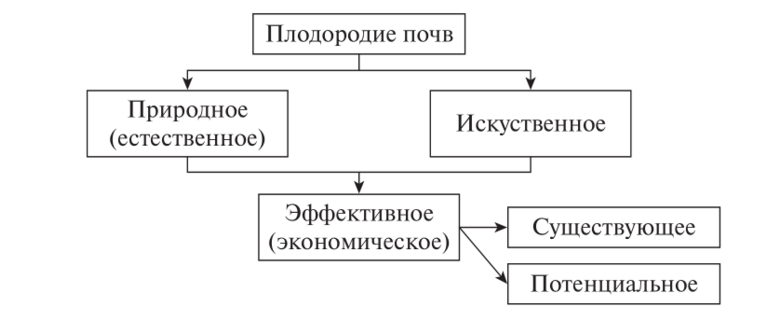
Classification of the qualities of the soil mixture
Natural
Such soil is the most valuable - it is characterized by a rich composition that does not depend on the actions of the farmer, does not require the use of special agricultural techniques, and does not react to weather conditions.
Potential
Potentially fertile land periodically demonstrates excellent productivity indicators, which directly depend on a set of conditions: agrotechnical manipulations that are performed by a farmer on a given site, weather conditions. An example of a potentially fertile land is podzolic: if the summer turns out to be dry, it will please with a much more abundant harvest than the most fertile black soil.
Artificial
In this case, the nutritional value of the earth is entirely determined by man. The farmer decides which components need to be added to the soil in order for its composition to acquire the necessary indicators.
Efficient or economical
In this case, the assessment of the quality of the land depends on a combination of a number of factors: these are the properties of the soil and the agrotechnical measures taken by the farmer. The unit of measurement here is the harvest or its total value.
Determination of soil fertility
The yield indicators of the crops planted by you directly depend on how nutritious the soil in the beds is. That is why, before planting plants, it is important to determine the content of the soil, and, if necessary, increase fertility using known methods.
You can determine how rich the soil is in nutrients by its properties:
- Physical.The composition, structure of the soil, the depth of the groundwater are estimated. You can assess the quality of the land by careful examination - the fertile one will be loose, noticeably porous, and have a pronounced texture.
- Chemical. Analysis of the chemical composition of the soil will allow to give a more detailed characterization of the land, to assess the presence of essential components - potassium, humus and phosphorus.
- Biological. If live bacteria and microorganisms are present in the earth, this has a positive effect on its quality characteristics. They contribute to improved aeration of the soil, retain moisture, and increase heating. Conversely, if living organisms are almost or completely absent, such land is considered poor.

Factors of degradation and reduction of soil fertility
Soil fertilization methods on the site
Even if it is a sin for you to complain about the fertility of the soil, you should familiarize yourself with the generally accepted methods of maintaining and improving its quality characteristics:
- you can plant green manure plants that restore the optimal balance of trace elements in the soil;
- the land is arranged a kind of vacation every 4–5 years: in the spring and autumn we apply organic fertilizers, as usual, but we do not plant any crops, giving the beds a rest;
- we plant so-called medicinal plants that have the unique property of disinfecting the earth, such as wormwood or garlic.
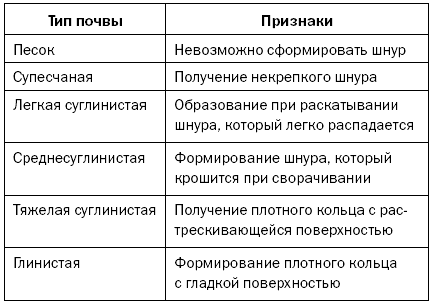
Table: determination of soil type using the wet method
Clay soil
Such land is characterized by low fertility rates for a number of reasons:
- it has a dense structure;
- does not warm up well;
- air circulation in the soil is difficult;
- moisture is distributed unevenly between the soil layers.
But even with such characteristics, this soil is considered rich, the main thing is to process it correctly. So, loosening must be done deeply - at least 25 cm, in order to improve aeration, you need to regularly apply organic fertilizers (compost or manure), use the liming method to lower acidity.
Sandy soil
This land contains almost no nutrients, but it has an excellent structure - it warms up well and allows water and air to pass through. To bring the quality indicators of such soil closer to optimal, it is necessary to regularly add compost or peat to it in order to retain moisture. Top dressing with mineral fertilizers is also of great importance.
Sour earth
Determining acidic soil is not difficult - you will definitely notice a whitish layer that resembles wood ash located near the surface. As a rule, this is podzolic soil, for which high humidity is a characteristic feature. Here, all useful trace elements and minerals are located in deep layers of the soil, while humus and other micronutrients are practically absent.
To bring the quality indicators to the optimal level, ash or lime is added to such soil, which enrich the soil with calcium. In addition, such manipulation evens out the acidity indicators, after which standard organic or complex fertilizers can be used.
Salt licks
A characteristic feature of such land is the increased content of sodium chloride and sulphate. With an increase in the humidity level, salt licks quickly become sticky, lose their structure, while they dry for an extremely long time in spring. But on the other hand, when the moisture has completely evaporated, the salt licks become extremely hard, which is why the cultivation of such land is significantly difficult.
You can improve the quality of the land by introducing phosphogypsum into it.
Another proven method is calcium sulfate, which absorbs excess calcium and removes salt from the lower layers of the soil.
Waterlogged horizons
If your area is dominated by factors that significantly increase the level of soil moisture, you need to master the methods of its drainage.It is necessary to divert excess ground and surface water, to prevent soil washout. For this purpose, beds are formed across the allotment, mainly perennials with small roots are cultivated, and terracing is practiced.
Ways to increase fertility
A gradual decrease in fertility indicators is fraught not only with a decrease in the volume of the harvest - crops in the beds will necessarily start to hurt, in some cases they may die. If you notice that your beds need support, take action immediately.
Earthworms or "live fertilizers"
Earthworms are excellent natural cultivators that do more than just crush large clods of earth to promote better aeration. They also actively process manure, contributing to the formation of vermicompost. In addition, they are not afraid of epidemics, do not spread infections and diseases.
Use of organic fertilizers
Good organic matter is natural compost. But if you don't have traditional compost, you can make a liquid “cocktail” from plants. Take a large barrel of water, place it in a sunny place, cover with a tight lid. Add chopped plants inside - dandelions, nettles, plantains - and let it brew and ferment well for 10-15 days. As a result, you will receive a concentrated fertilizer, which you just need to dilute with water (in a ratio of 1:10) and water the plants.
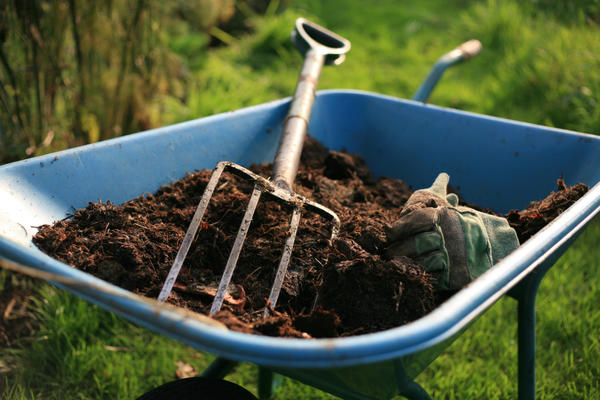
Natural compost is the best organic fertilizer
Planting green manure
The best green manure farmers include mustard, cereals, legumes and radish. These crops significantly enrich the soil, improve its quality characteristics, and contribute to improved aeration. Another plus - siderates inhibit pathological microorganisms, preventing them from actively developing.
Crop rotation
If the same crop is grown on the site for a long time, the plants gradually deplete the soil, drawing out the same microelements from it. So, cabbage planted in the garden for several years in a row increases the acidity of the soil, and onions will inevitably cause an increase in the number of nematodes. So that such problems do not arise, farmers practice alternating crops on the site, then the land does not "get tired" of the same plants, but successfully self-heals.
Mixed landings
You can maintain an optimal soil balance using the practice of mixed planting: the plants have a beneficial effect on each other, while enriching the land. Spicy or medicinal plants are considered excellent "neighbors" for vegetables, for example, dill makes the taste of beets and peas brighter and richer, and parsley improves the taste characteristics of tomatoes. The main thing is that the planted crops belong to different families.
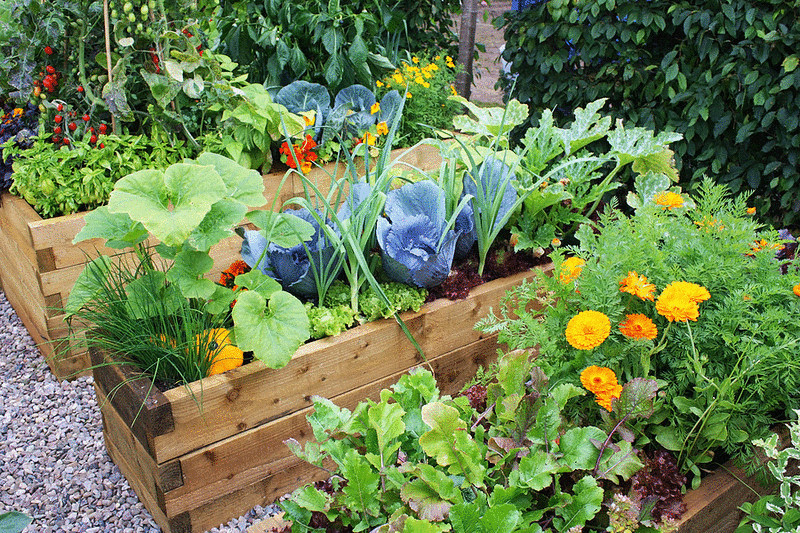
Maintain optimal soil balance with mixed plantings
Let the earth "rest"
From time to time, the land just needs to stand "under fallow" - leave the land not planted for a year, and it will certainly thank you with a rich future harvest. The rules are simple: fertilizers and organic matter are applied to the soil as usual, but crops are not planted.
It has long been known that the earth is a complex living organism, so be attentive to it, and then you can count on its generosity.


